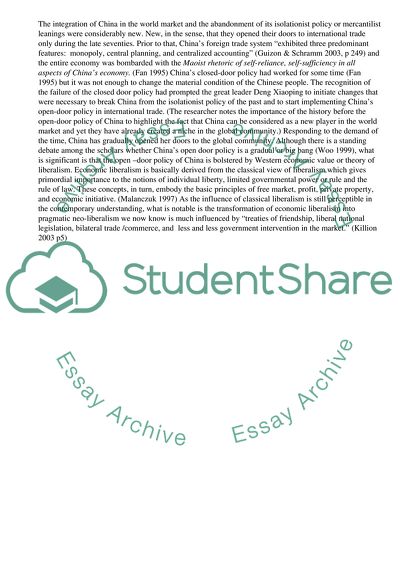Cite this document
(The Role of International Trade in Chinas Economic Growth Research Paper, n.d.)
The Role of International Trade in Chinas Economic Growth Research Paper. Retrieved from https://studentshare.org/business/1726056-issues-in-international-economy
The Role of International Trade in Chinas Economic Growth Research Paper. Retrieved from https://studentshare.org/business/1726056-issues-in-international-economy
(The Role of International Trade in Chinas Economic Growth Research Paper)
The Role of International Trade in Chinas Economic Growth Research Paper. https://studentshare.org/business/1726056-issues-in-international-economy.
The Role of International Trade in Chinas Economic Growth Research Paper. https://studentshare.org/business/1726056-issues-in-international-economy.
“The Role of International Trade in Chinas Economic Growth Research Paper”, n.d. https://studentshare.org/business/1726056-issues-in-international-economy.


